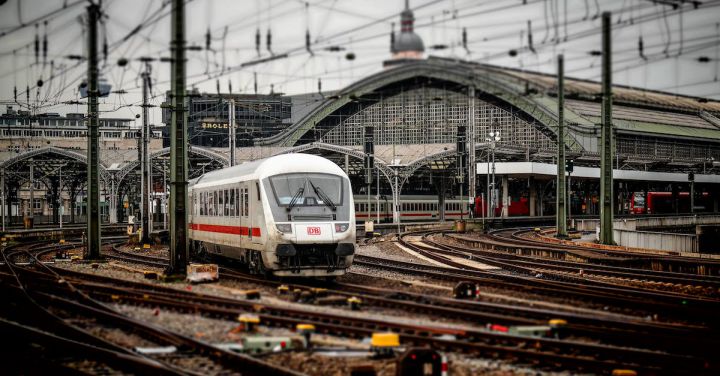The nationalization of railways stands as a pivotal moment in the history of transportation. This monumental decision, made by governments around the world, marked a turning point in the way railways were operated and managed. By bringing the railways under state control, countries aimed to streamline operations, improve efficiency, and ensure the equitable distribution of resources. In this article, we will explore the reasons behind the nationalization of railways and the impact it has had on societies.
One key reason for the nationalization of railways was the need for a unified and coordinated transportation system. Prior to nationalization, railways were often operated by multiple private companies, each with their own competing interests. This resulted in a fragmented network, with inconsistent standards and inefficient use of resources. By nationalizing the railways, governments could consolidate operations, standardize procedures, and create a more seamless transportation system.
Another driving force behind the nationalization of railways was the desire to prioritize public interest over profit. Private railway companies were primarily motivated by financial gain, often neglecting the needs of the public. Nationalization allowed governments to shift the focus towards providing affordable and accessible transportation for all citizens. By controlling fares and expanding services to underserved areas, nationalized railways played a crucial role in promoting social equity and mobility.
Furthermore, nationalization brought about significant improvements in safety and regulation. Private railway companies, driven by profit, often cut corners when it came to maintenance and safety protocols. This led to numerous accidents and loss of lives. By taking control of the railways, governments could enforce stringent safety regulations and invest in infrastructure upgrades. This not only enhanced the safety of passengers but also improved the overall reliability and efficiency of the railway system.
Additionally, nationalized railways have played a vital role in economic development. By prioritizing transportation infrastructure, governments have been able to stimulate trade and commerce. Nationalized railways have facilitated the movement of goods and people, connecting remote areas with urban centers and driving economic growth. Furthermore, the ability to transport goods efficiently has boosted industries and allowed for the expansion of markets, both domestically and internationally.
Despite the numerous benefits of nationalization, it is important to acknowledge that it is not without its challenges. Critics argue that state control can lead to bureaucratic inefficiencies and political interference. However, proponents argue that with proper regulation and oversight, these challenges can be mitigated, and the benefits of nationalization can far outweigh the drawbacks.
In conclusion, the nationalization of railways has proven to be a turning point in the history of transportation. By bringing the railways under state control, governments have been able to create a unified, efficient, and equitable transportation system. Nationalized railways have not only improved safety and regulation but also played a crucial role in promoting social equity and economic development. While challenges exist, the overall impact of nationalization has been overwhelmingly positive. As we move forward, it is important to continue to innovate and adapt, ensuring that nationalized railways meet the evolving needs of society.
